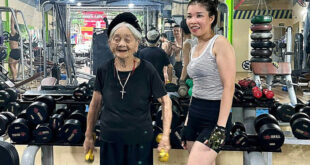Long-standing residents don’t plan on moving out of HCMC apartments said to be on verge of collapse until they receive a better compensation and relocation deal.
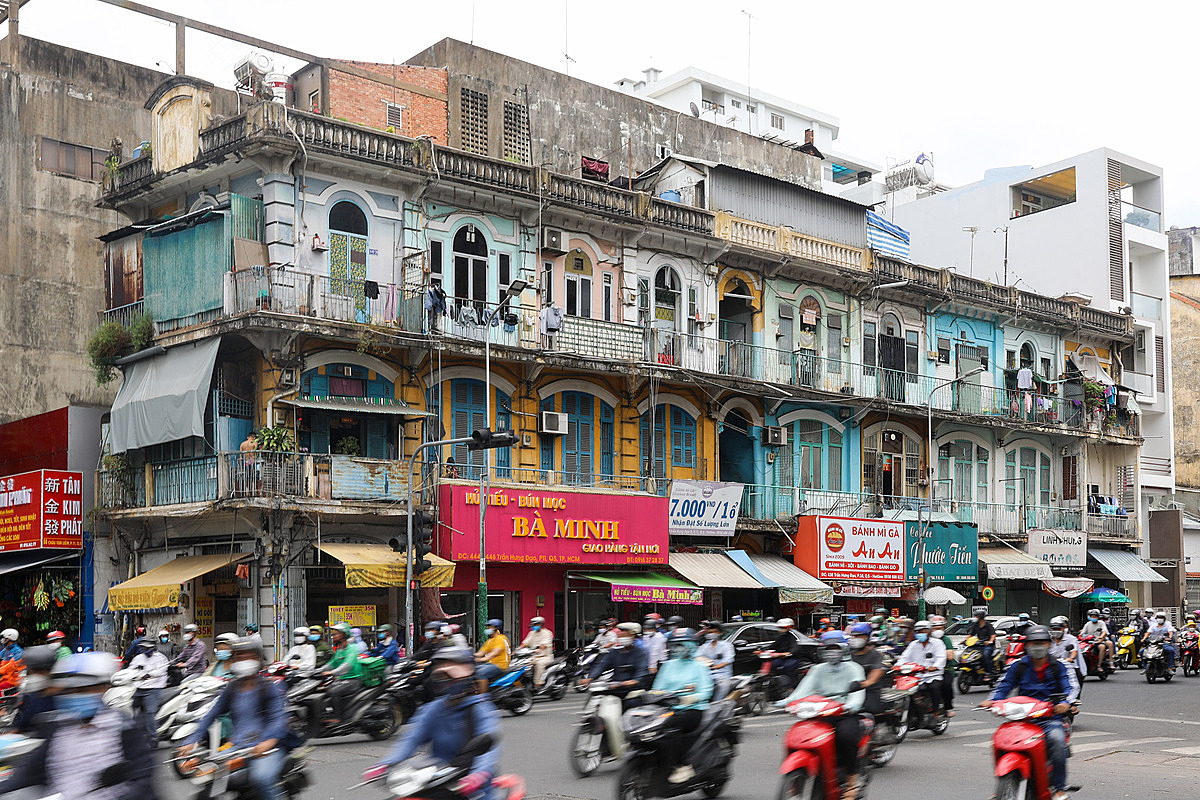 |
|
In early March, the municipal Department of Construction sent a document to the HCMC People’s Committee requesting that 23 households living in the apartment complex at 440 Tran Hung Dao Street in District 5 be relocated immediately. It said that the building has been deemed unsafe and emphasized the critical importance of relocation and demolition. |
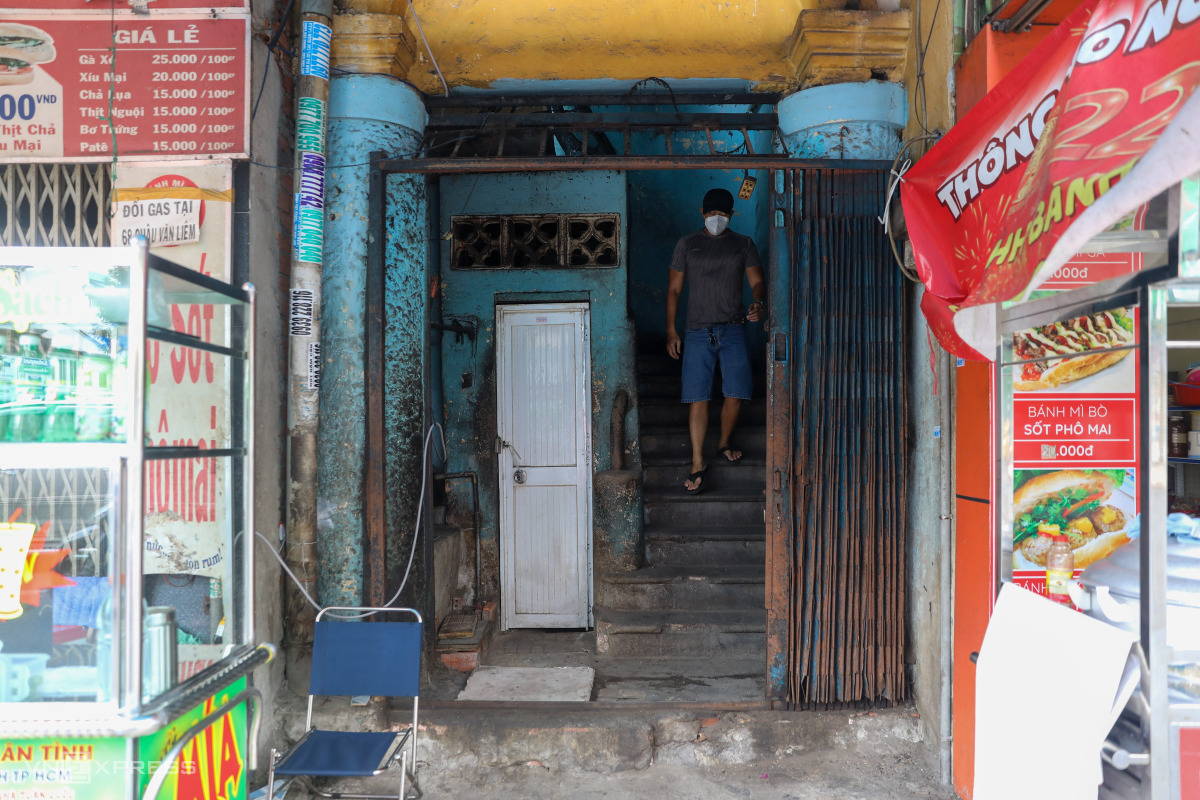 |
|
The entrance to the apartment complex is crowded with food and beverage vendors. The significant deterioration of walls and narrow staircase leading to the apartments is obvious. |
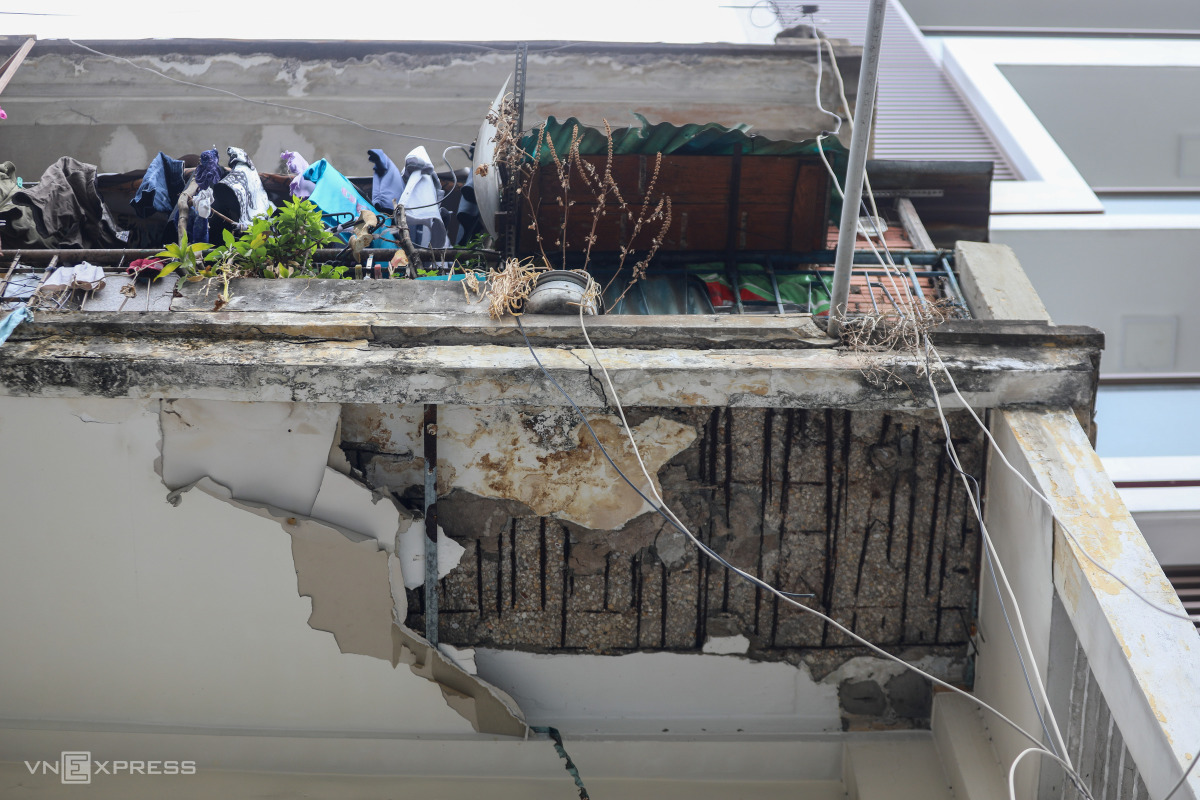 |
|
Outside the building, rudimentary electricity connections are haphazardly arranged. The paint and mortar are peeling away, exposing the iron and steel underneath. |
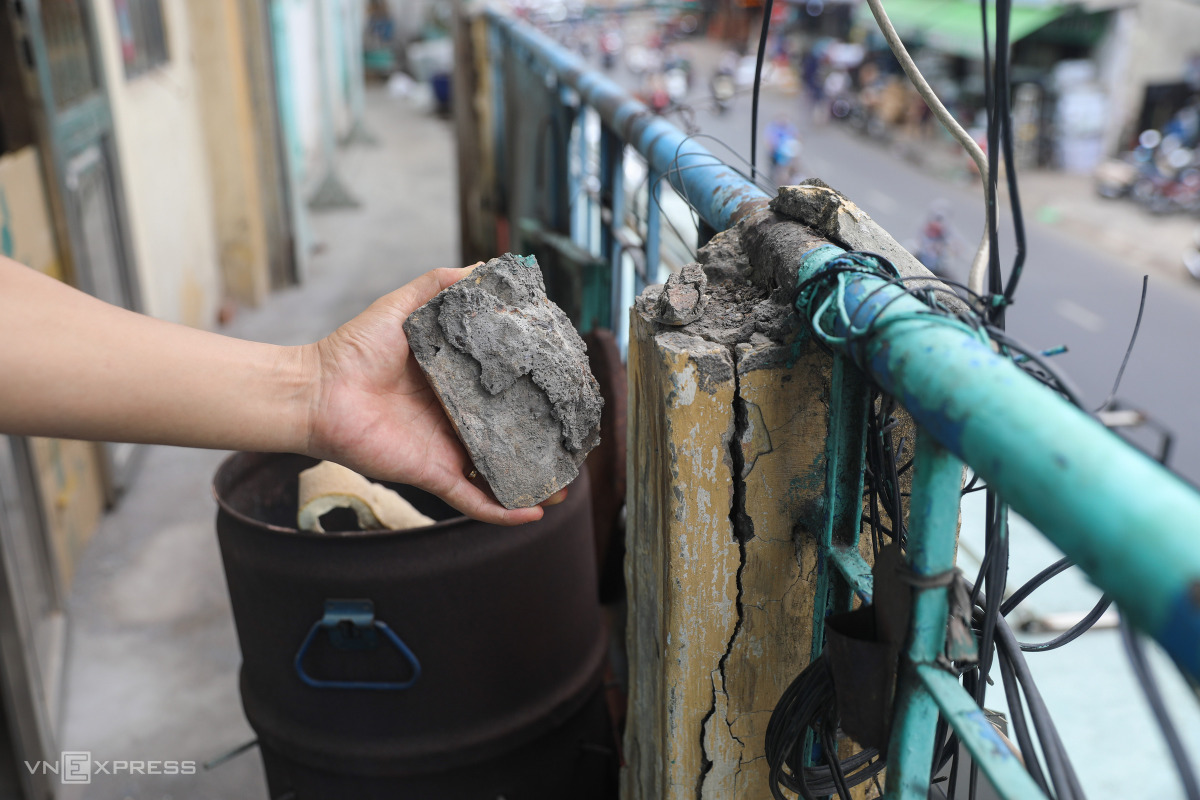 |
|
Some of the apartment’s reinforcing balcony columns are cracked, iron railings rusted, and walls riddled with cracks, too. |
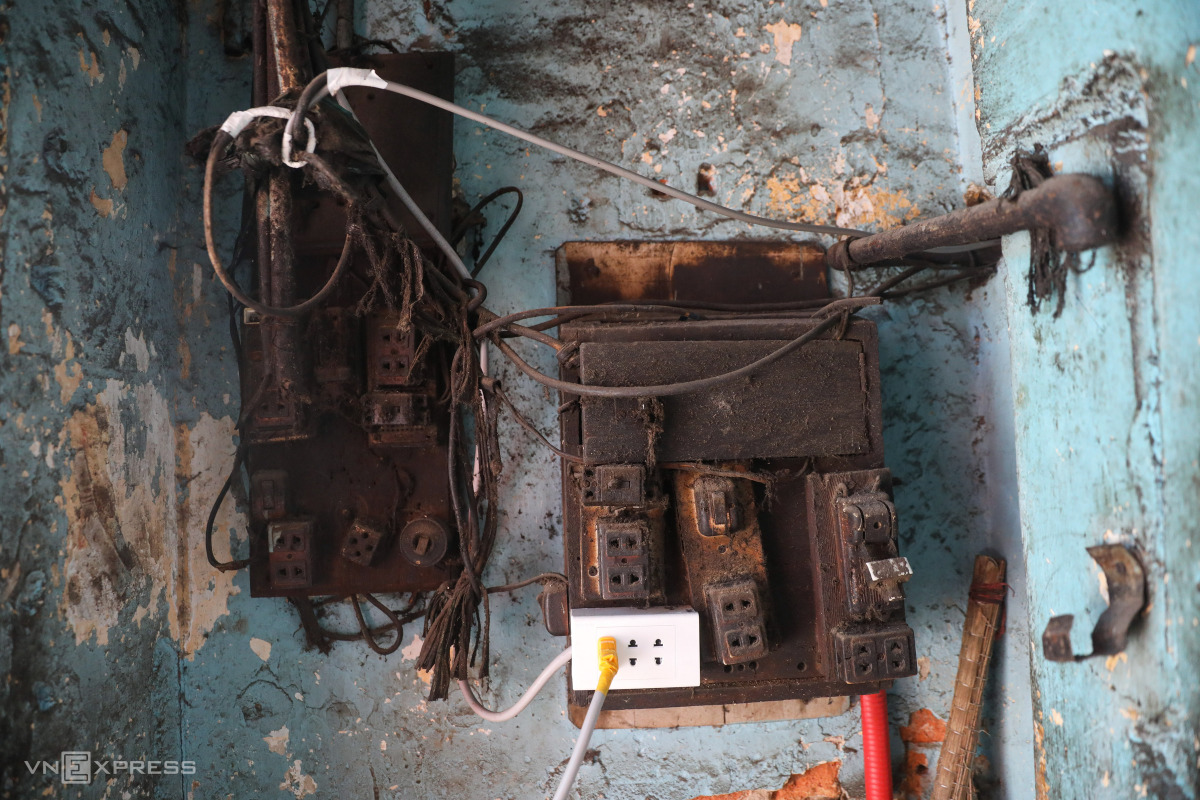 |
|
The electricity supply system is old and looks risky to operate. |
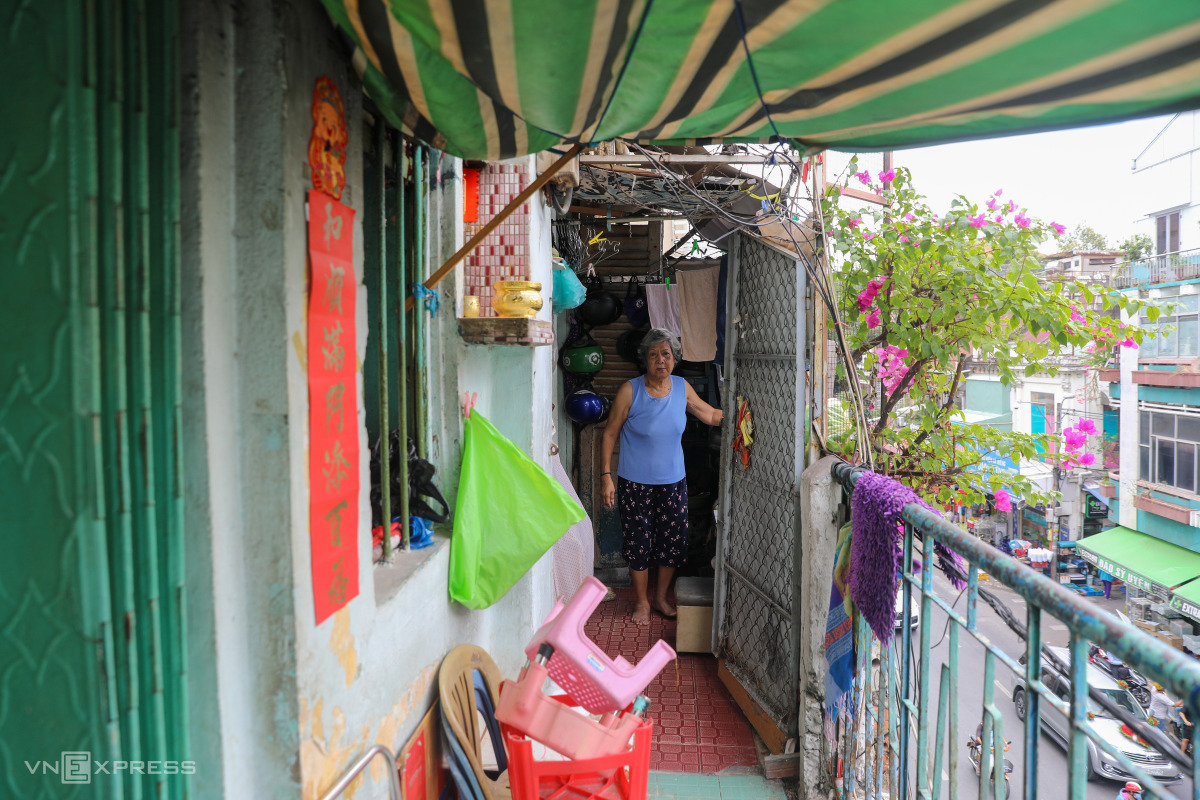 |
|
The majority of residents in this complex are Chinese who have lived in the area for a long time. |
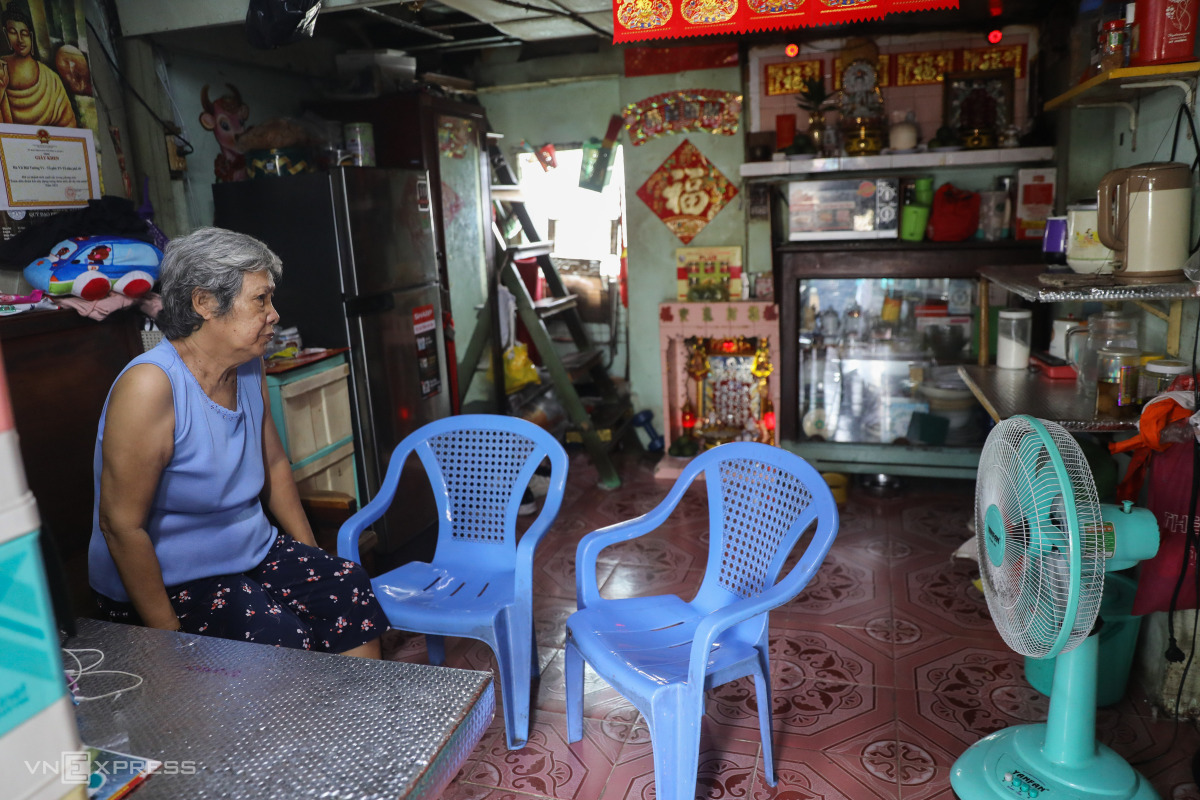 |
|
Her family of six has lived in this 16-square-meter room for more than 40 years. |
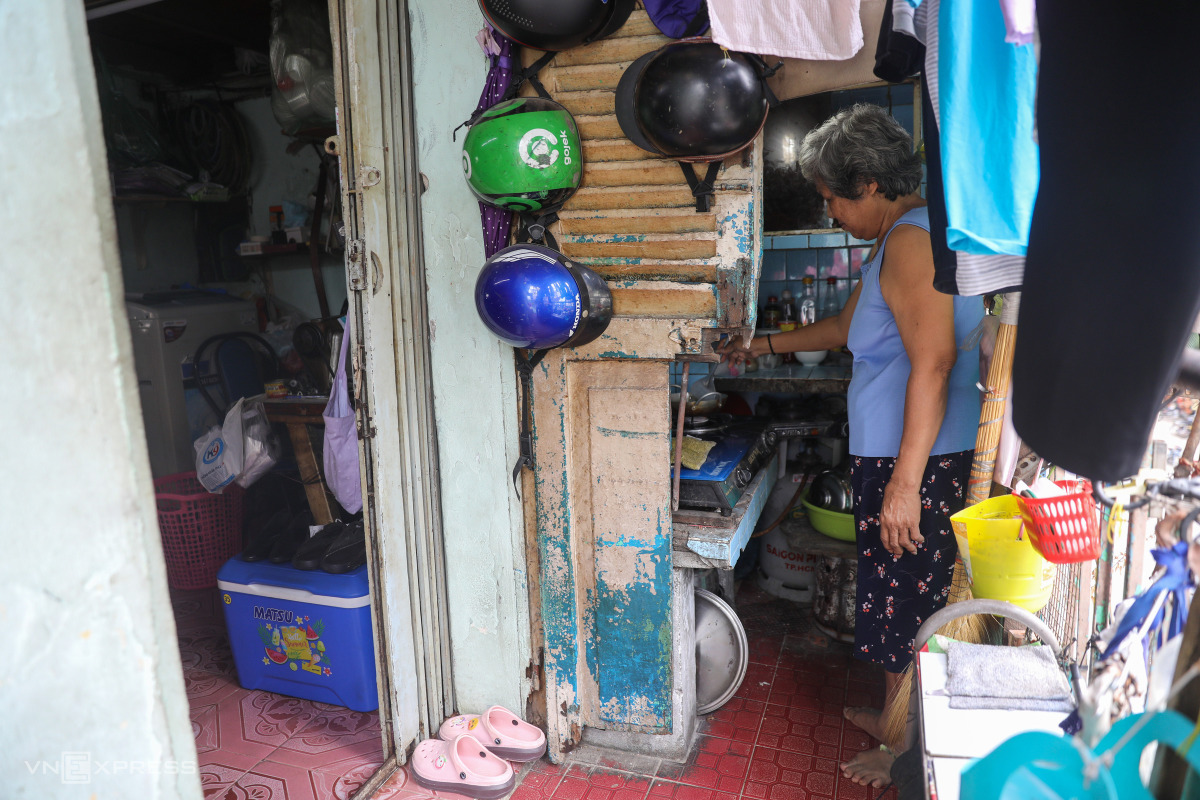 |
|
She considers herself fortunate to live at the end of the row, where she can use the balcony corner to dry clothes and set up a kitchen. |
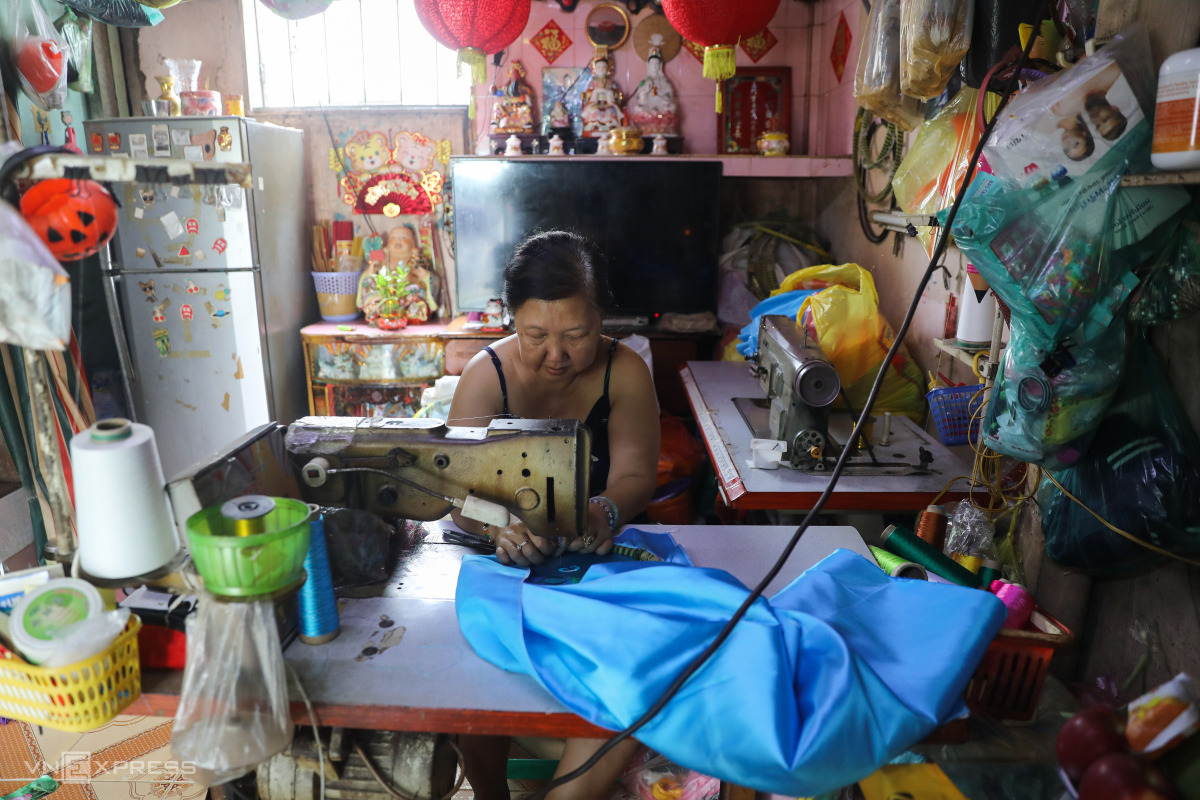 |
|
Nguyen Thi Cuc’s tiny living space is made even more cramped and cluttered by two sewing machines, a fridge, a television set and other appliances and furniture. The 60-year-old woman lives here with her child. |
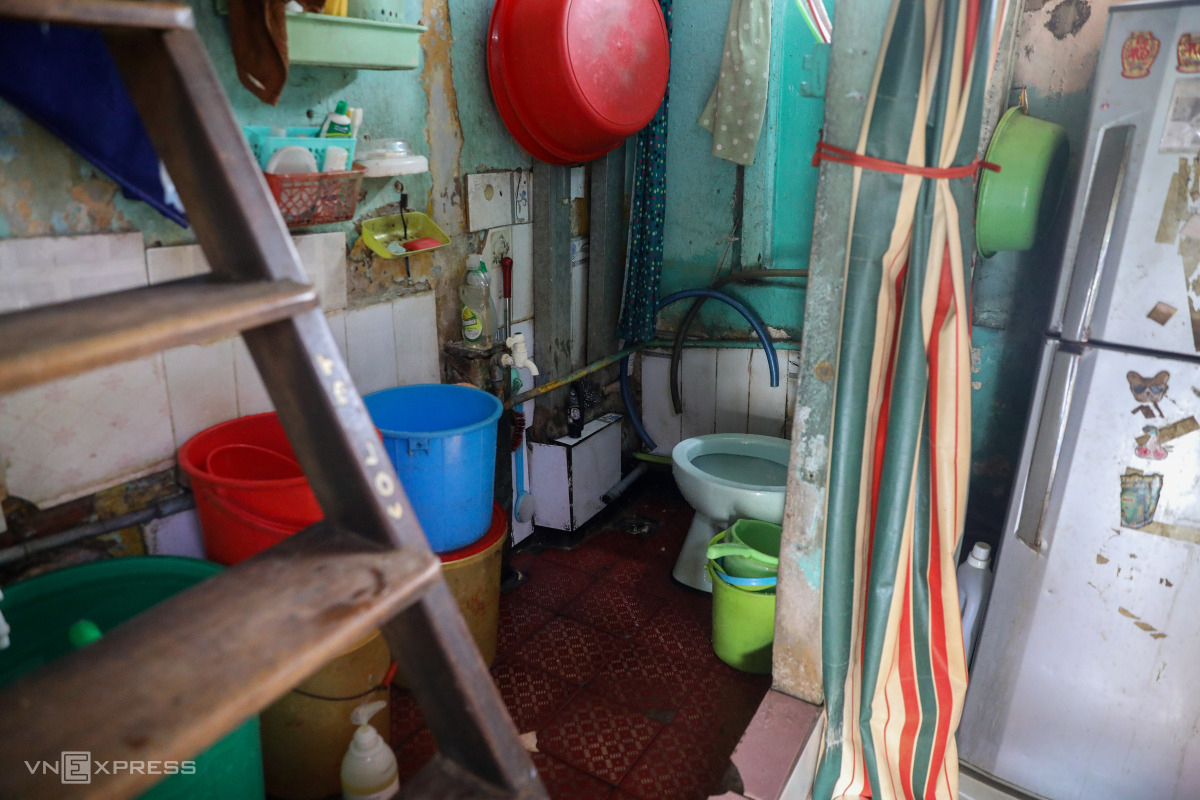 |
|
Cuc’s restroom is also cramped and cluttered. According to the owner, toilets were not installed in the homes here until about 40 years ago, when many new families renovated their apartments and started to add restrooms and kitchens. |
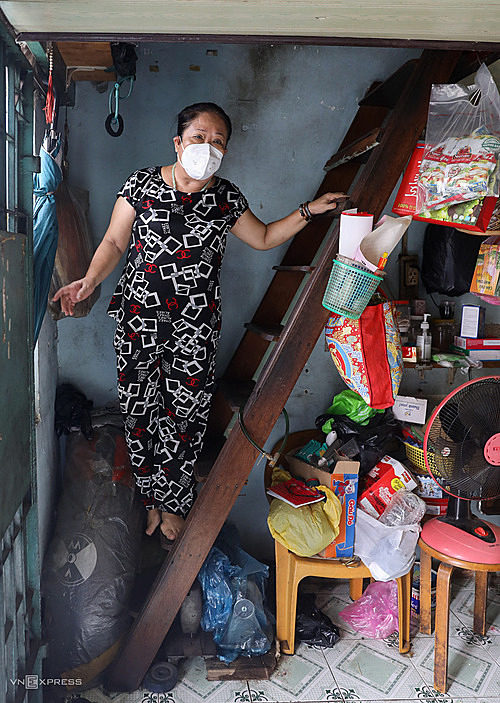 |
|
Tran Nghi Nhan, who lives nearby, said she built a loft to get more usable space. |
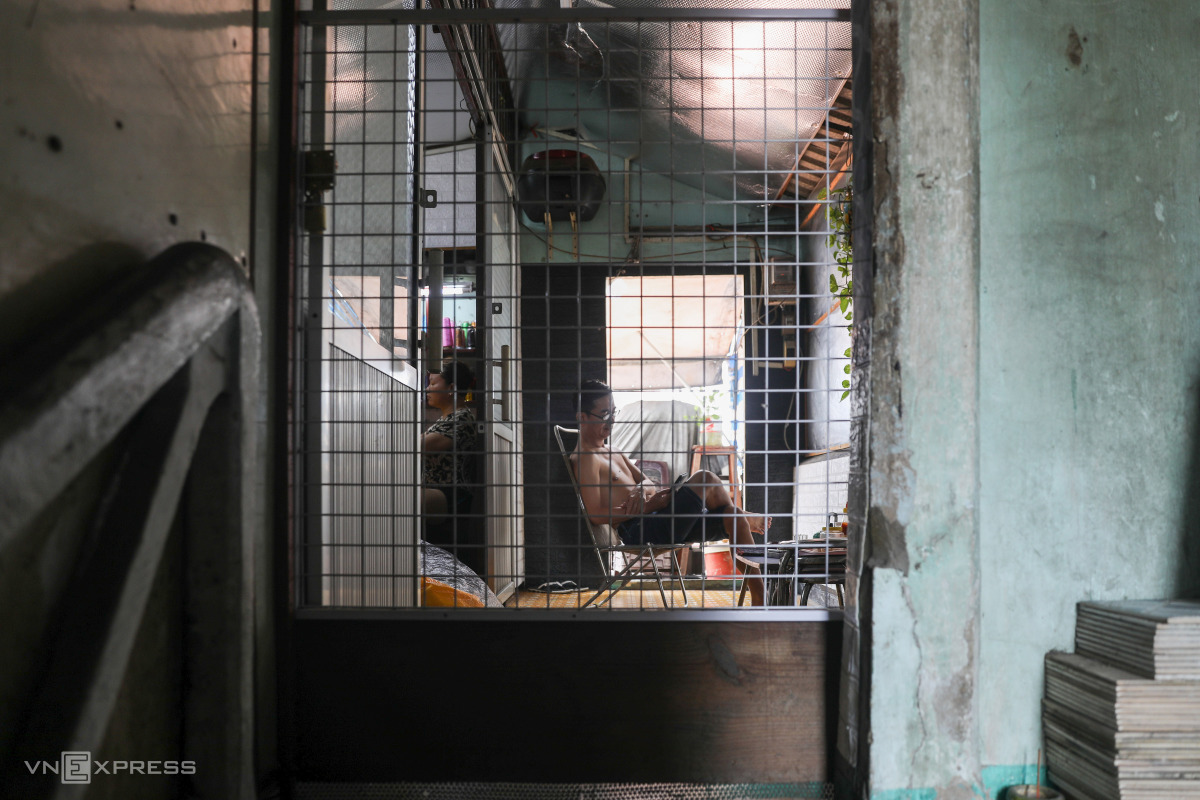 |
|
Following the urgent petition for relocation and dismantling, the District 5 People’s Committee asked the compensation committee to coordinating with District 6 People’s Committee to contact, mobilize and convince people to relocate to apartments in the An Phu apartment. The An Phu apartment complex is located in District 6. |
- Reduce Hair Loss with PURA D’OR Gold Label Shampoo
- Castor Oil Has Made a “Huge” Difference With Hair and Brow Growth
- Excessive hair loss in men: Signs of illness that cannot be subjective
- Dịch Vụ SEO Website ở Los Angeles, CA: đưa trang web doanh nghiệp bạn lên top Google
- Nails Salon Sierra Madre
 VnExpress News The News Gateway of Vietnam
VnExpress News The News Gateway of Vietnam




